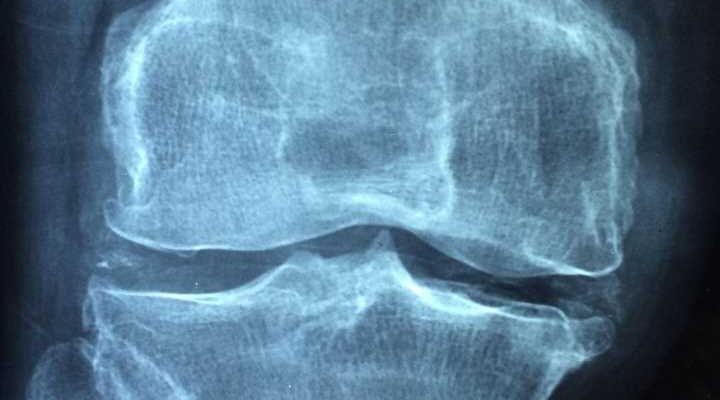
The American College of Physicians (ACP) has issued an update of its guideline with clinical recommendations for treatments of primary osteoporosis and low bone mass in adults. In the new guideline, ACP recommends bisphosphonates as initial pharmacologic treatment to reduce the risk of fractures in males and postmenopausal females diagnosed with primary osteoporosis. The full guideline is published in Annals of Internal Medicine.
Osteoporosis is a systemic skeletal disease characterized by decreasing bone mass and deterioration of bone tissue that leads to an increased risk for bone fragility and fracture, generic viagra super active coupons overnight especially in the hip, spine, and wrist. Overall, an estimated 10.2 million people aged 50 and older in the United States have osteoporosis and about 43.3 million people (> 40% of older US adults) have low bone mass associated with a high risk of progression to osteoporosis.
The guideline examines new evidence that has emerged on the efficacy of human parathyroid hormone-related peptides, sclerostin inhibitors, the comparative effectiveness of treatments, and treatments in males. In postmenopausal females and males with primary osteoporosis, bisphosphonates had the most favorable balance between benefits, harms, patient values and preferences, and cost among the drug classes that were evaluated. In addition to net clinical benefits, bisphosphonates are much cheaper than other pharmacologic treatments and are available in generic oral and injectable formulations.
Current evidence suggests that increasing the duration of bisphosphonate therapy longer than 3-5 years reduced the risk of new vertebral fractures but not the risk of other fractures. However, there is an increased risk of long-term harms. Therefore, clinicians should consider stopping bisphosphonates after five years of treatment unless there is a strong indication to continue treatment.
The guideline also suggests that clinicians use the RANK ligand inhibitor (denosumab) as a second-line pharmacologic treatment to reduce the risk of fractures in postmenopausal females and males diagnosed with primary osteoporosis who have contraindications to or experience adverse effects of bisphosphonates.
ACP suggests that clinicians use the sclerostin inhibitor (romosozumab) or recombinant PTH (teriparatide), followed by a bisphosphonate, to reduce the risk of fractures only in females with primary osteoporosis with very high risk of fracture.
The guideline is based on a systemic review and network meta-analysis conducted by the ACP Center for Evidence Reviews at the Portland Veteran Affairs Research Foundation. ACP’s Clinical Guidelines Committee is planning to maintain this topic as a living guideline with literature surveillance and periodic updating of the systematic review and the clinical recommendations.
More information:
Pharmacologic Treatment of Primary Osteoporosis or Low Bone Mass to Prevent Fractures in Adults: A Living Clinical Guideline From the American College of Physicians, Annals of Internal Medicine (2023). DOI: 10.7326/M22-1034
Chelsea Ayers et al, Effectiveness and Safety of Treatments to Prevent Fractures in People With Low Bone Mass or Primary Osteoporosis, Annals of Internal Medicine (2023). DOI: 10.7326/M22-0684
Susan M. Ott, Osteoporosis Treatment: Not Easy, Annals of Internal Medicine (2023). DOI: 10.7326/M22-3580
Journal information:
Annals of Internal Medicine
Source: Read Full Article
